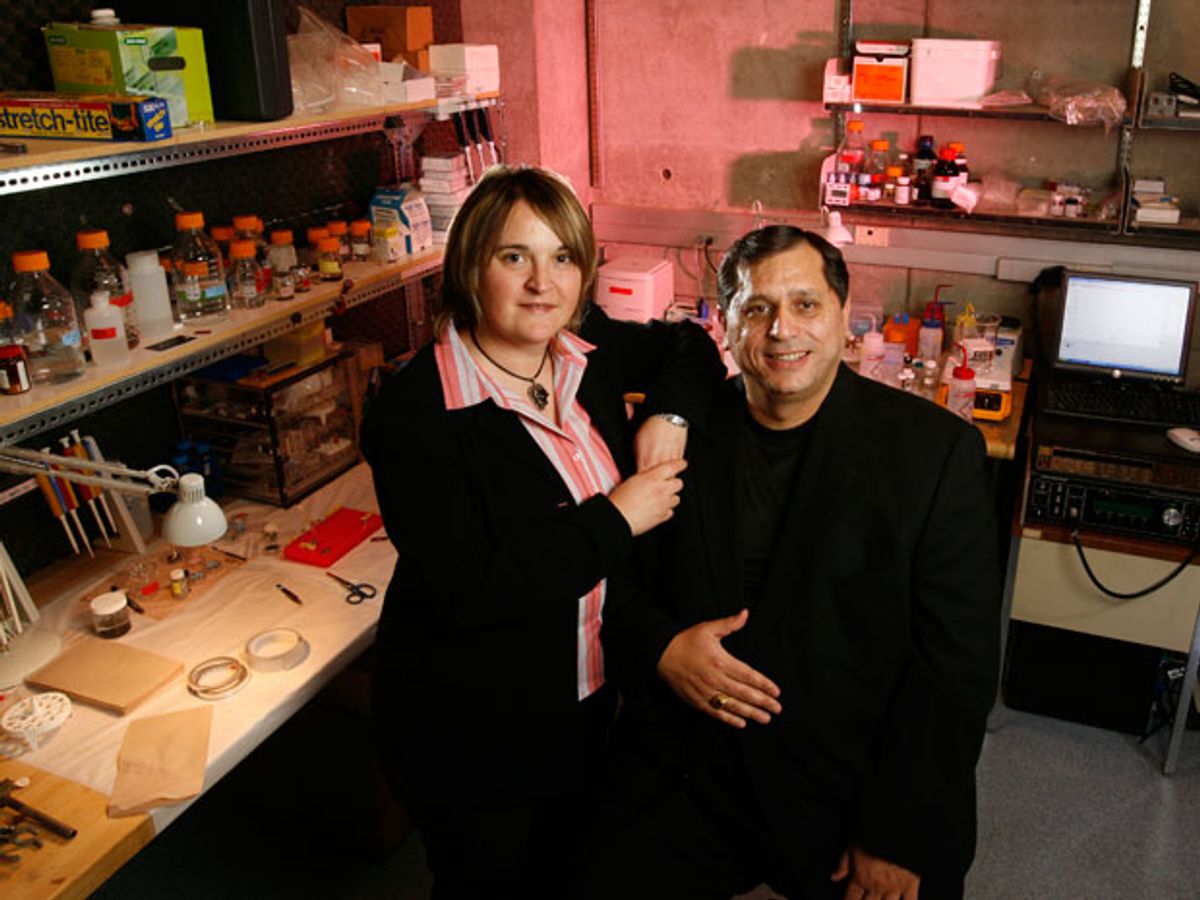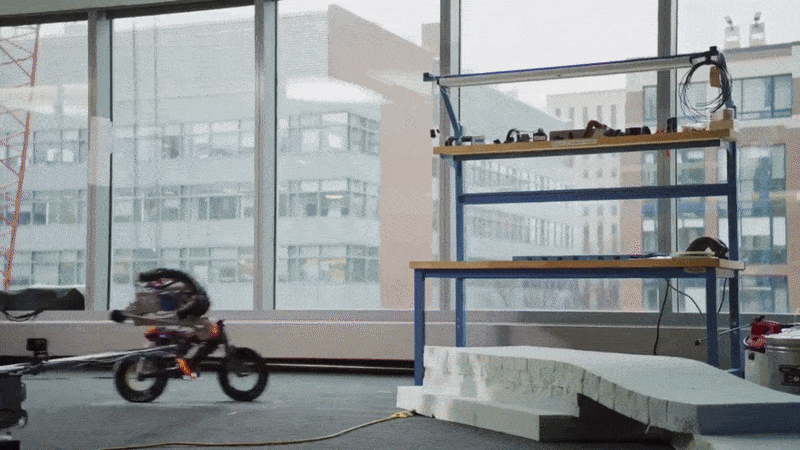The introduction of portable electronics pretty much spelled the end for graphite as the anode material for lithium-ion (Li-ion) batteries. We could no longer get through a day of regular usage of some smart phones without having to recharge their batteries.
The hope had been that silicon could replace graphite. Silicon anode material has a theoretical capacity (i.e., Li storage capability) of 4000 milliamp-hours per gram (mAh/g). This represented an enormous increase over graphite that was coming in at 372mAh/g. However, there was a big problem: silicon would start to crack after a relatively small number of charge/discharge cycles, rendering the material useless.
As a result, the big push has been to develop nanomaterial solutions that would support silicon as an anode material by preventing it from cracking under repeated charge/discharge cycles and still maintain its high storage capability.
We’ve covered a variety of attempts to apply nanostructured silicon to the anodes of Li-ion batteries over the years, but now researchers at the University of California (UC) Riverside have taken a little twist on this line of work and instead of supplying nanostructures to silicon, they have dispersed silicon particles onto the nanostructures. They claim that anodes using this architecture allow for a Li-ion battery used in portable electronics to be recharged in 10 minutes.
In research published in the journal Small, the UC Riverside researchers have developed a three-dimensional, cone-shaped cluster of carbon nanotubes that have silicon scattered on them that can serve as anodes for Li-ion batteries. The resulting anodes enable a Li-ion battery to have a capacity of 1954 mAh/g, which is five times more than Li-ion batteries with traditional graphite-based anodes.
The researchers believe that the high-rate at which the batteries can be recharged is the result of the seamless connection that exists between the graphene-covered copper foil that serves as the substrate for the anodes and the carbon nanotubes. This design improves the active material-current collector contact integrity, which in turn facilitates the charge and thermal transfer in the electrode system. The researchers estimate that the charge and discharge rates for this battery are nearly 16 times faster than conventionally used graphite-based anodes.
Dexter Johnson is a contributing editor at IEEE Spectrum, with a focus on nanotechnology.



